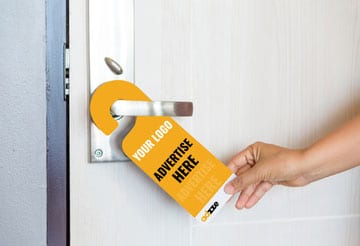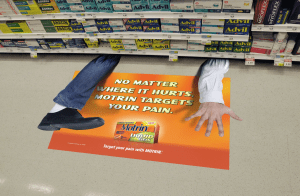From bold reds to calming blues, the colors used in Ideal Ads aren’t just about aesthetic appeal—they’re strategic psychological tools. For marketing professionals seeking to craft ideal advertisements that resonate and convert, understanding the psychology of color isn’t a nice-to-have—it’s essential.
In this blog, we’ll break down how color choices impact consumer emotions, behavior, and brand perception. We’ll explore real-world ideal advertising examples and reveal why some campaigns become unforgettable—while others fade into the background.
Ideal Ads and the Science of Color: Why It Matters
Before a consumer reads your headline or processes your product message, they’ve already reacted to the colors in your ideal ad. Studies show that up to 90% of a customer’s first impression is based on color alone.
This means the palette you choose in ideal ads has the power to:
Trigger emotional responses
Influence purchase decisions
Reinforce brand identity
Create associations (luxury, urgency, trust, etc.)
Color is more than decoration—it’s a shortcut to the subconscious.
Ideal Ads: What Each Color Communicates to Your Audience
Let’s explore what the most-used colors in ideal advertisements typically convey and when they should be used.
🔴 Red – Passion, Urgency, Power
Common in: Clearance ads, food, automotive, entertainment
Red boosts heart rate and stimulates appetite, which is why it’s used in many ideal ads for fast food brands.
Example: Coca-Cola’s entire identity is built around a bold red—signaling energy and emotional intensity.
🔵 Blue – Trust, Stability, Calm
Common in: Finance, healthcare, tech
Blue is seen in ideal advertising that wants to establish reliability and peace of mind.
Example: PayPal, American Express, and Facebook all rely on blue to convey professionalism and trust.
🟢 Green – Health, Growth, Nature
Common in: Sustainability, wellness, finance
Green is often used in ideal ads to suggest eco-friendliness, freshness, or wealth.
Example: Whole Foods uses earthy greens to align with organic and clean eating lifestyles.
🟡 Yellow – Optimism, Attention, Affordability
Common in: Retail, kids’ brands, budget products
Yellow captures attention fast but can be overwhelming if overused.
Example: McDonald’s uses yellow to evoke joy, appetite, and quick decisions—perfect for fast food ideal advertising.
⚫ Black – Luxury, Elegance, Sophistication
Common in: Fashion, automotive, tech
Often used in ideal advertisements to create a sense of exclusivity and timelessness.
Example: Apple, Chanel, and Mercedes-Benz all use black to suggest premium quality and sleek design.
Ideal Ads: Matching Color to Brand Personality
Color is not one-size-fits-all. The key to crafting ideal ads lies in aligning your color palette with your brand personality and audience psychology.
Here’s a quick framework to guide your choices:
Brand Trait | Ideal Colors | Use Case Example |
Trustworthy | Blue, White | Insurance or Fintech Ad |
Energetic | Red, Orange | Sports Drink Advertisement |
Playful | Yellow, Pink, Lime Green | Toy or Snack Brand Ad |
Eco-Friendly | Green, Brown | Natural Products Campaign |
Premium | Black, Gold, Deep Purple | Luxury Car or Jewelry Ad |






